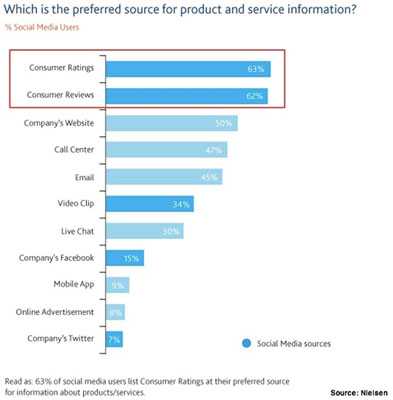Do These 5 Social Media Monsters Still Scare You? [Charts]
Shine some light on the fears that are holding your marketing back.
Shine some light on the fears that are holding your marketing back.
For some marketers, every day is Halloween since the social media landscape is filled with monsters waiting to destroy their business. With one out of every five minutes online spent on social media networks and blogs, social media is here to stay. Therefore, it’s time to shine some light on these fears that are holding your marketing back.
Here’s how to take the scare out of five social media marketing monsters:

To help your customers, create useful content that supports them at every step of the purchase process and answers their questions. Improve your tracking by incorporating a contextually relevant call-to-action and unique promotion code. Metrics to track: Monitor visitor use and engagement with social media content as well as purchases made with the call to action and promotion code. Your goal is to find out which content is resonating with your prospects and which isn’t.

Research by Altimeter showed that PR crises are projected to increase. By listening to your customers and the public, you can respond quickly to a brewing problem. For example, Scott Monty averted a major social media blowup for Ford by actively engaging and tweeting with those involved. As a result, he built relationships and diffused the problem. Metrics to track: Track potential issues and questions raised across social media platforms. Go further and assess the effectiveness of your response to handle the challenge.

Further, Cone Inc. research found that consumers check both positive and negative comments equally. Therefore you need to allow negative feedback to appear in the product reviews on your site or prospects will leave your site to check other sites to find out the dirt on your products. Further, you must respond to negative comments where appropriate and fix any problems. Therefore you have to be vigilantly engaged across all customer review sites including your own. On the bright side, when you address customer issues, these customers often become strong fans. Metrics to track: Ideally, you should be monitoring the environment for business, brand, product, and senior executive mentions. Additionally, track the number of complaints and/or negative comments and responses. Is there any change in customer perception overall?
While your firm’s social media demons may seem scary, instead of ignoring them and hoping that they’ll go away, you’re better off assessing the challenges with each one and finding appropriate marketing tactics to make the issues manageable so that they work to improve your offering, brand perception, and increase sales. This way you’ll be able to get them to remove their monster costume and get your marketing on track.
Are there any other social media demons that you’re facing? If so, what are they and how are you removing the issues for your marketing? Please include your response in the section below.
Happy marketing,
Heidi Cohen